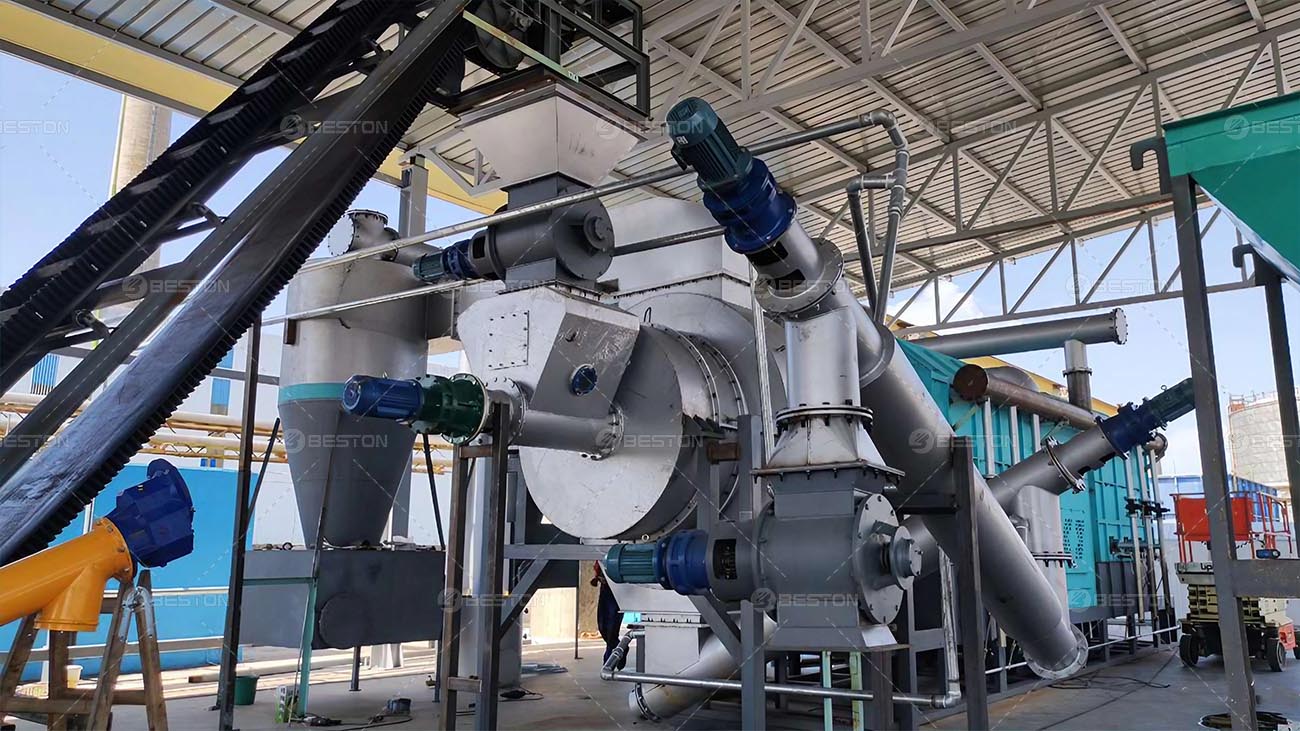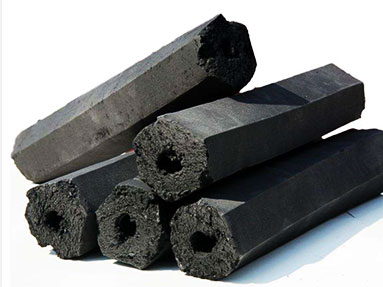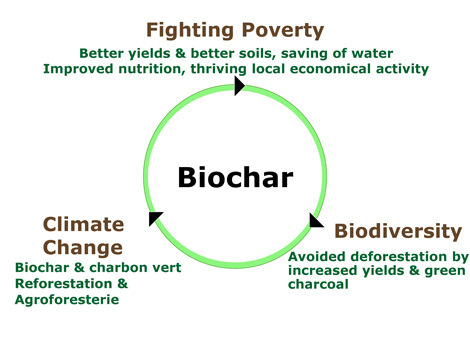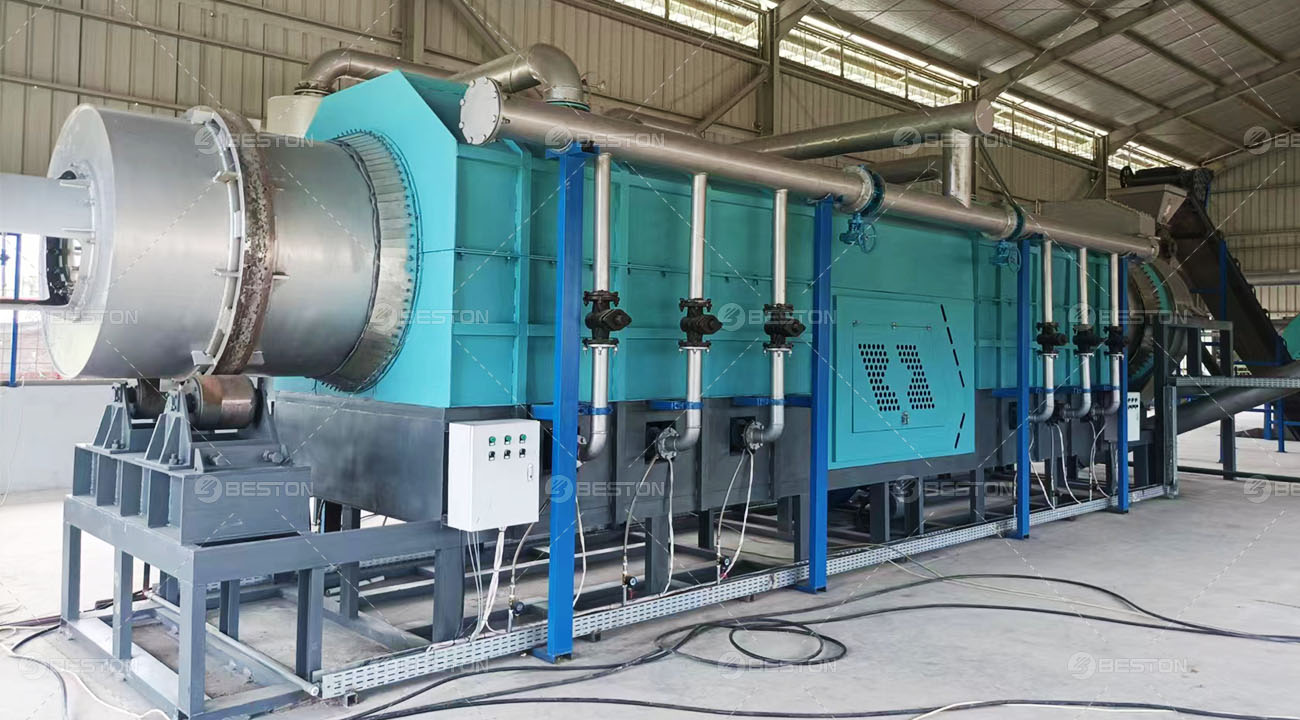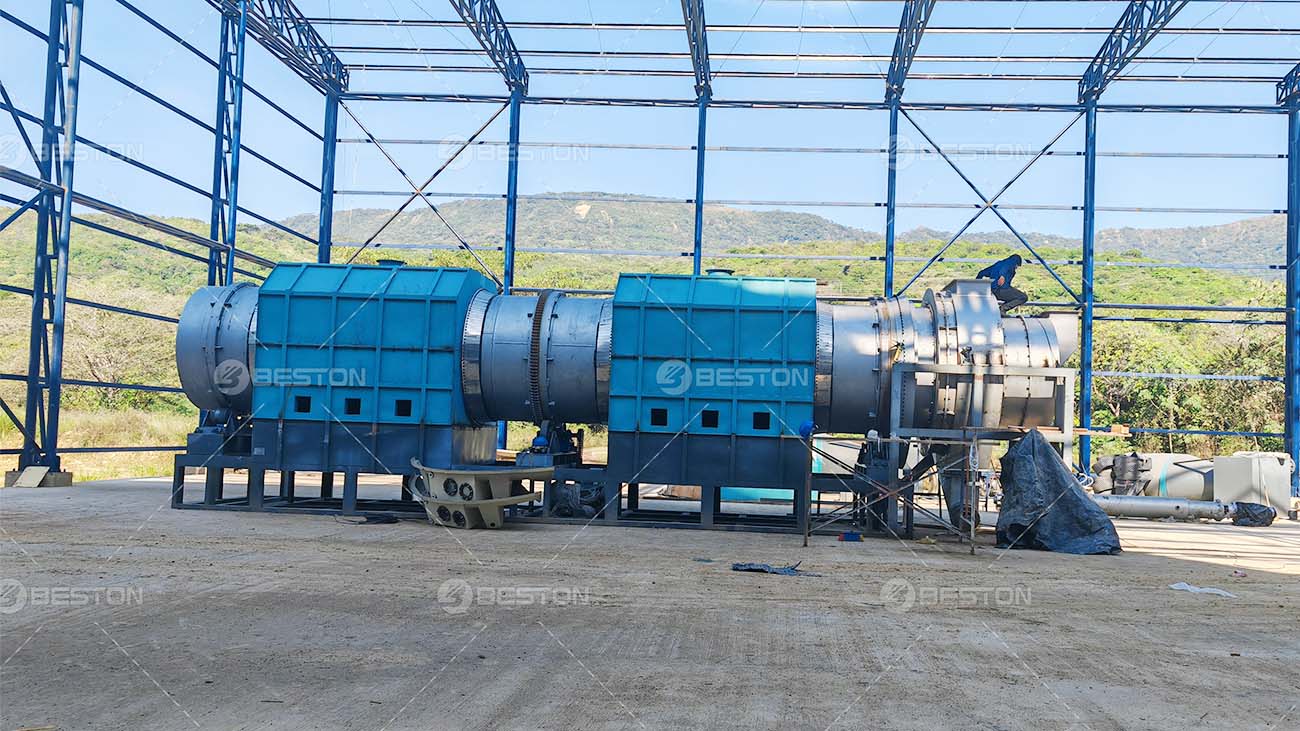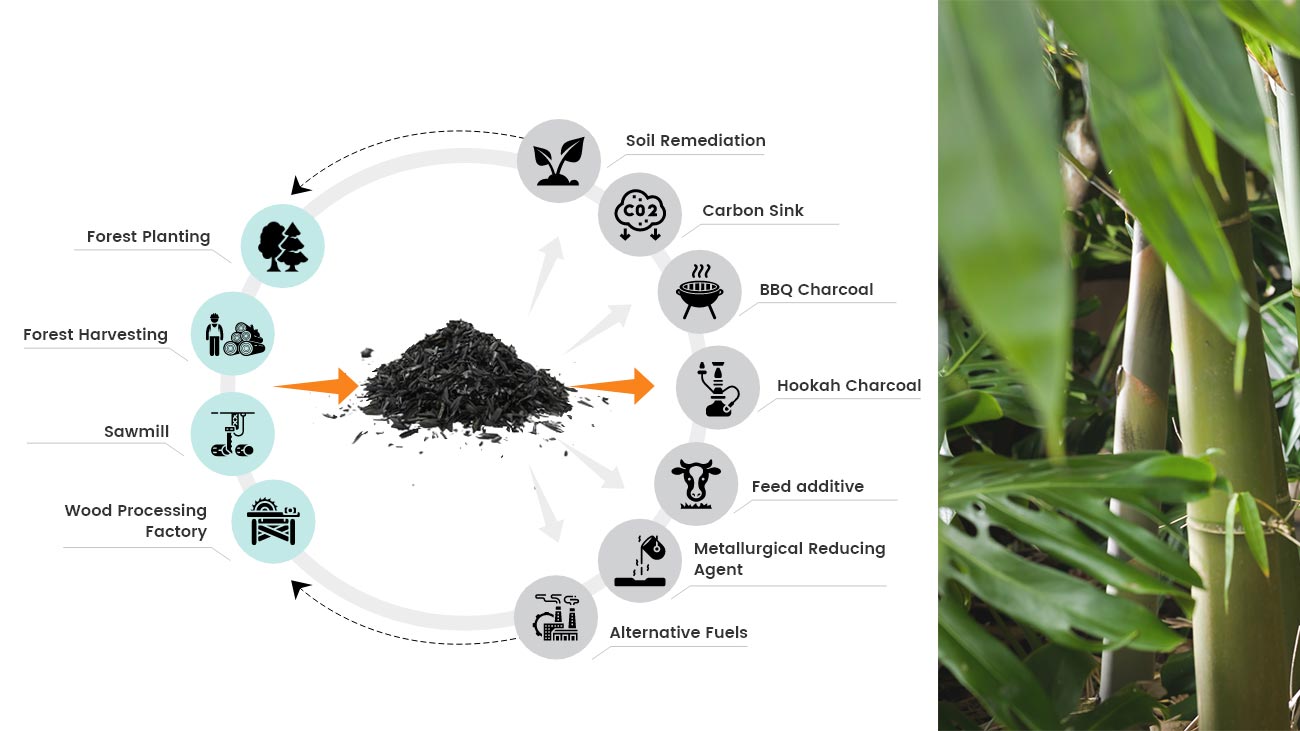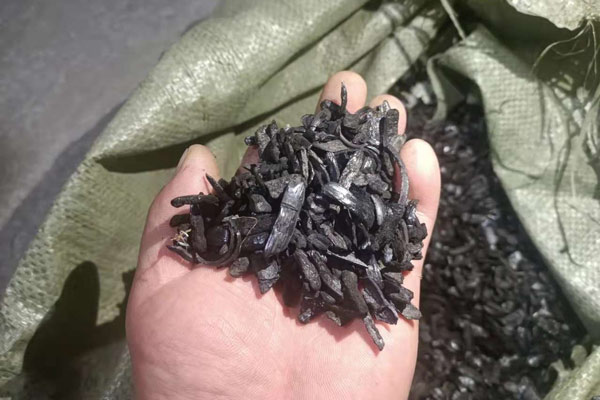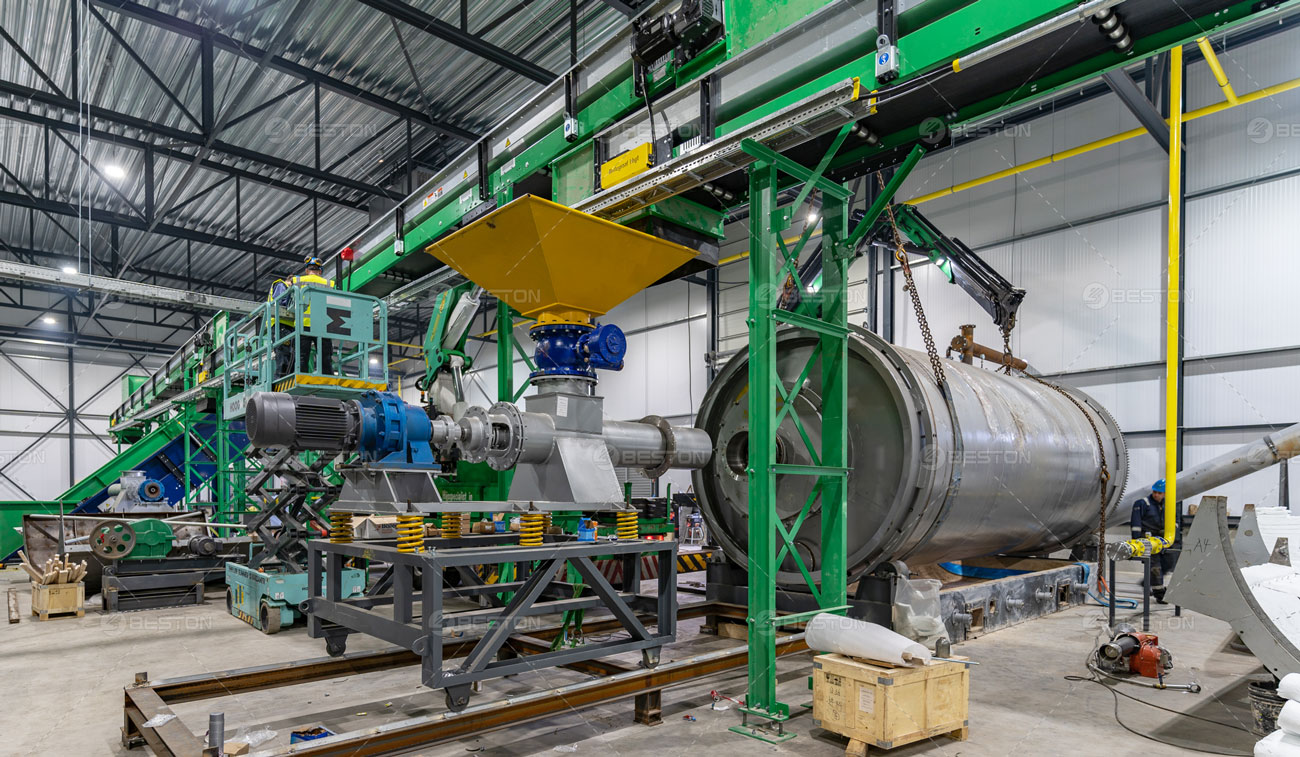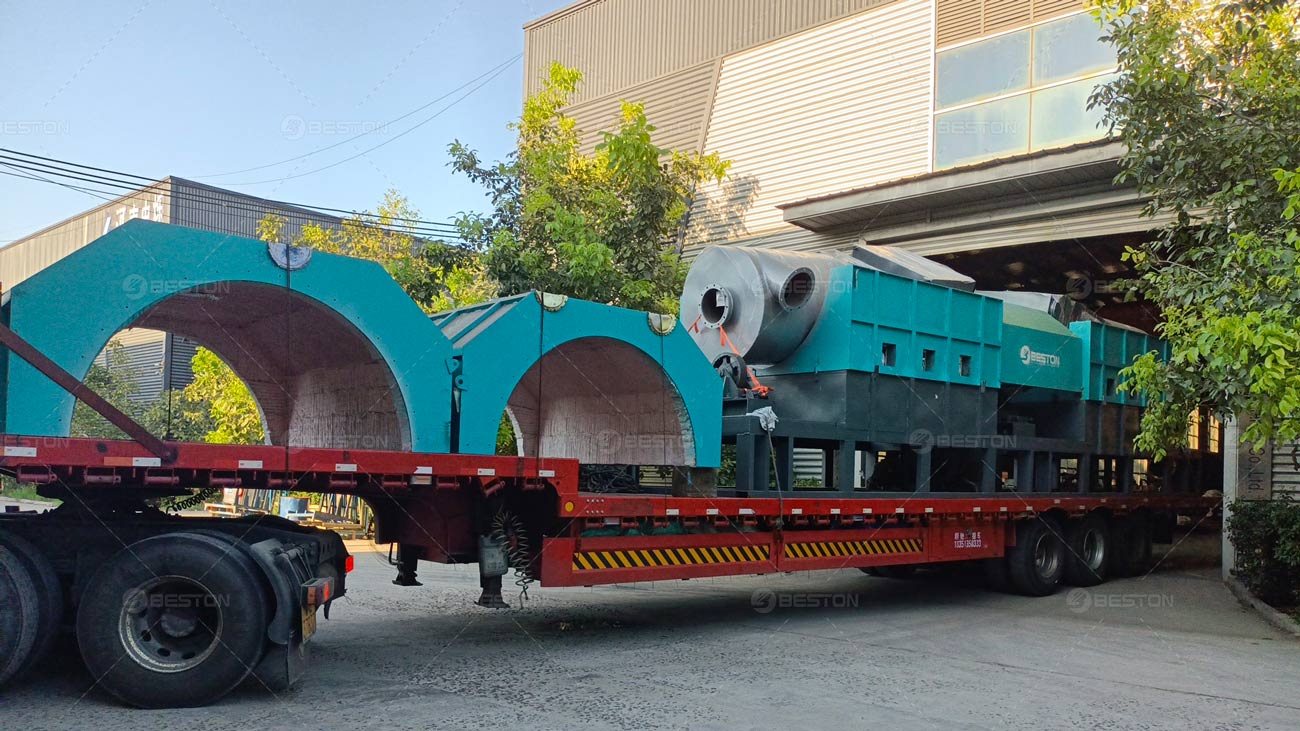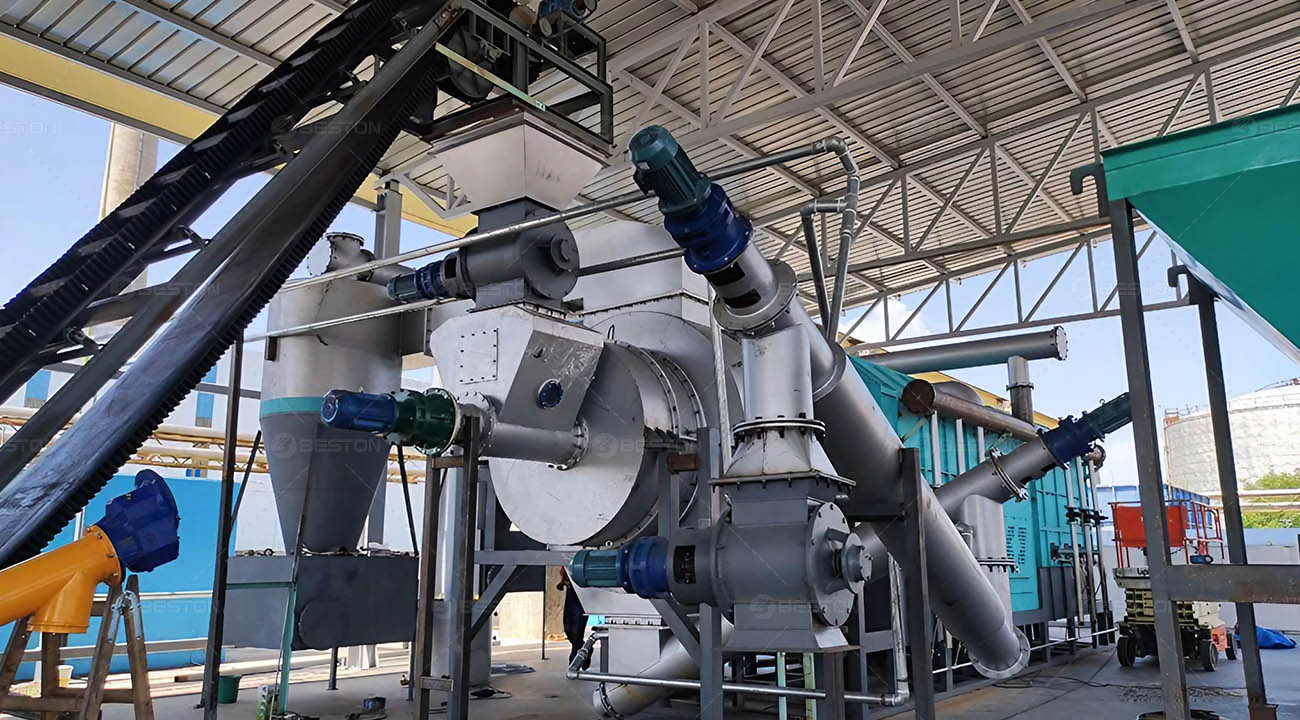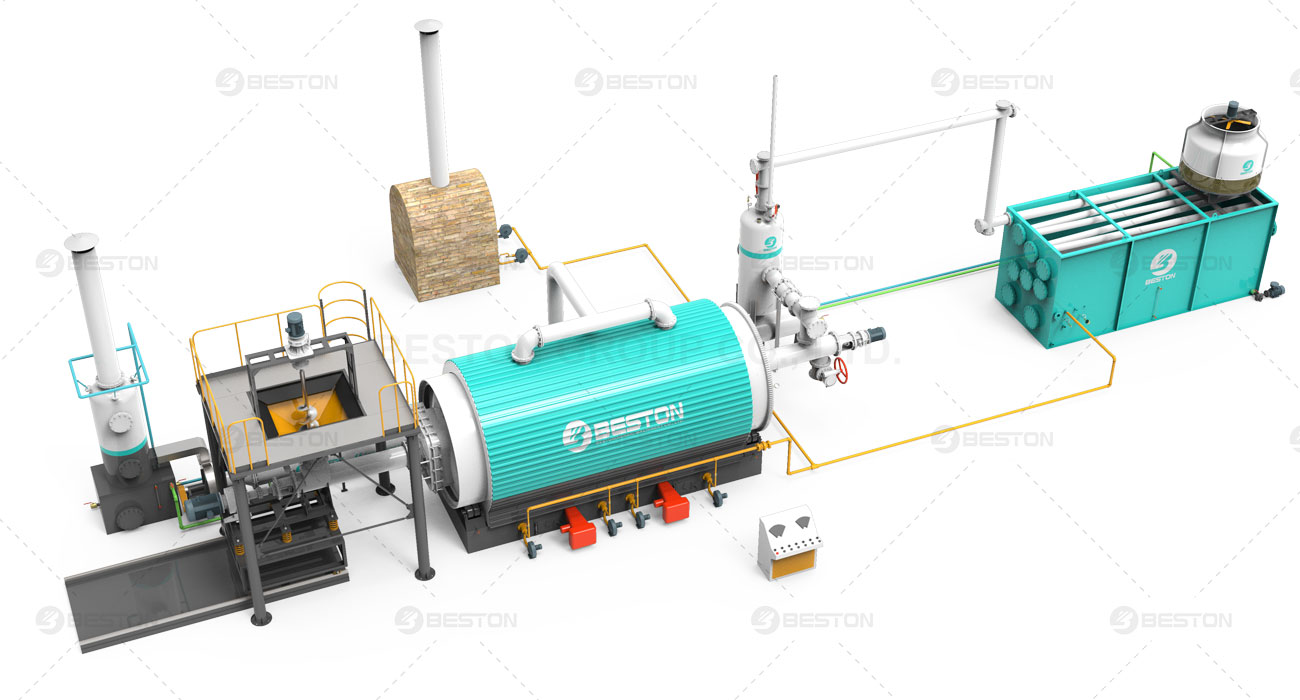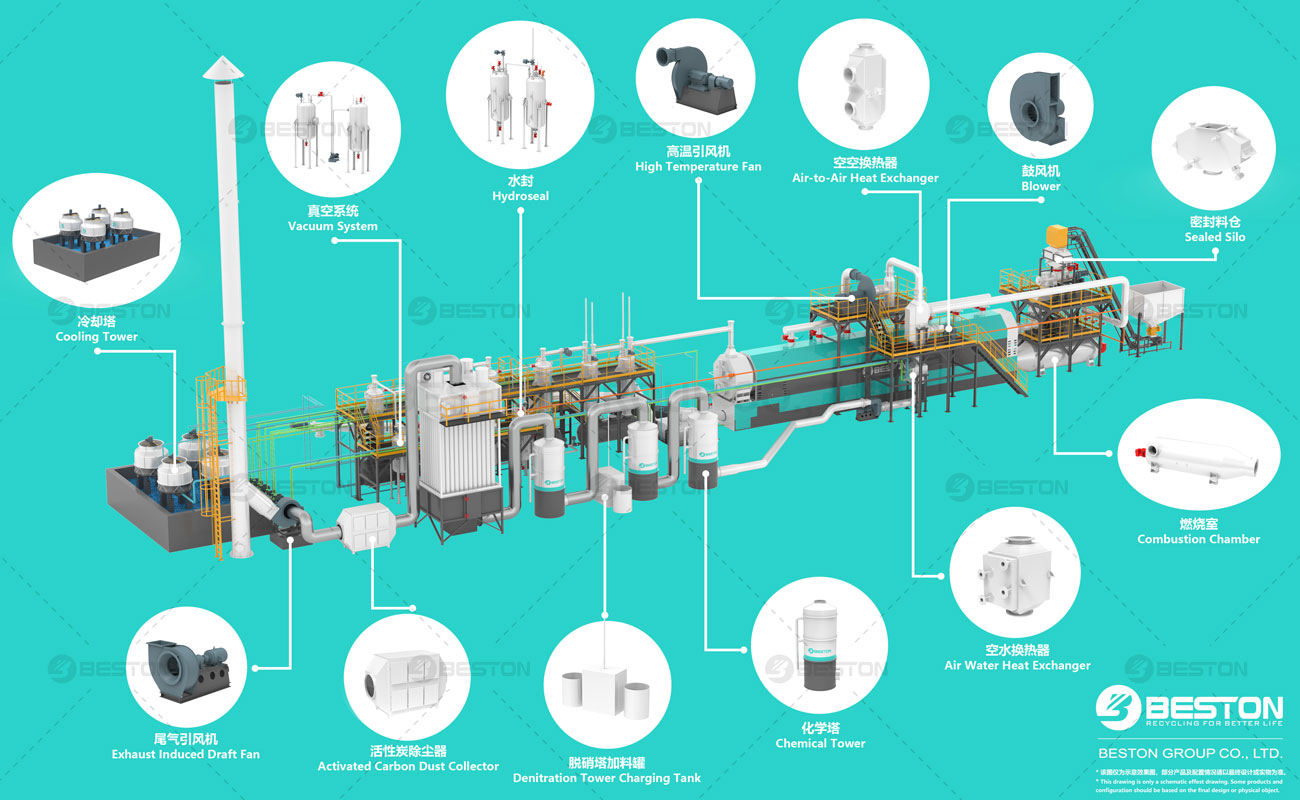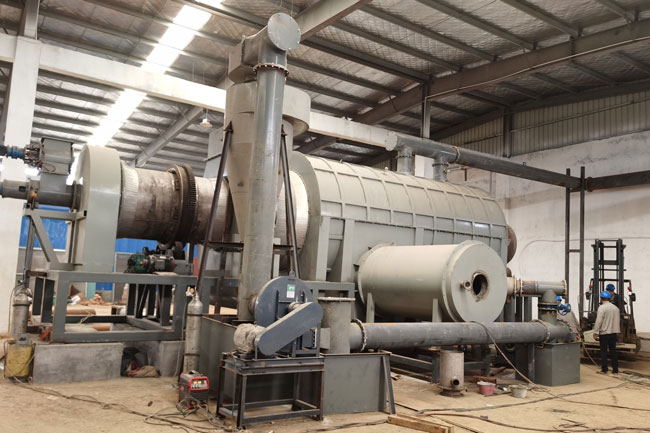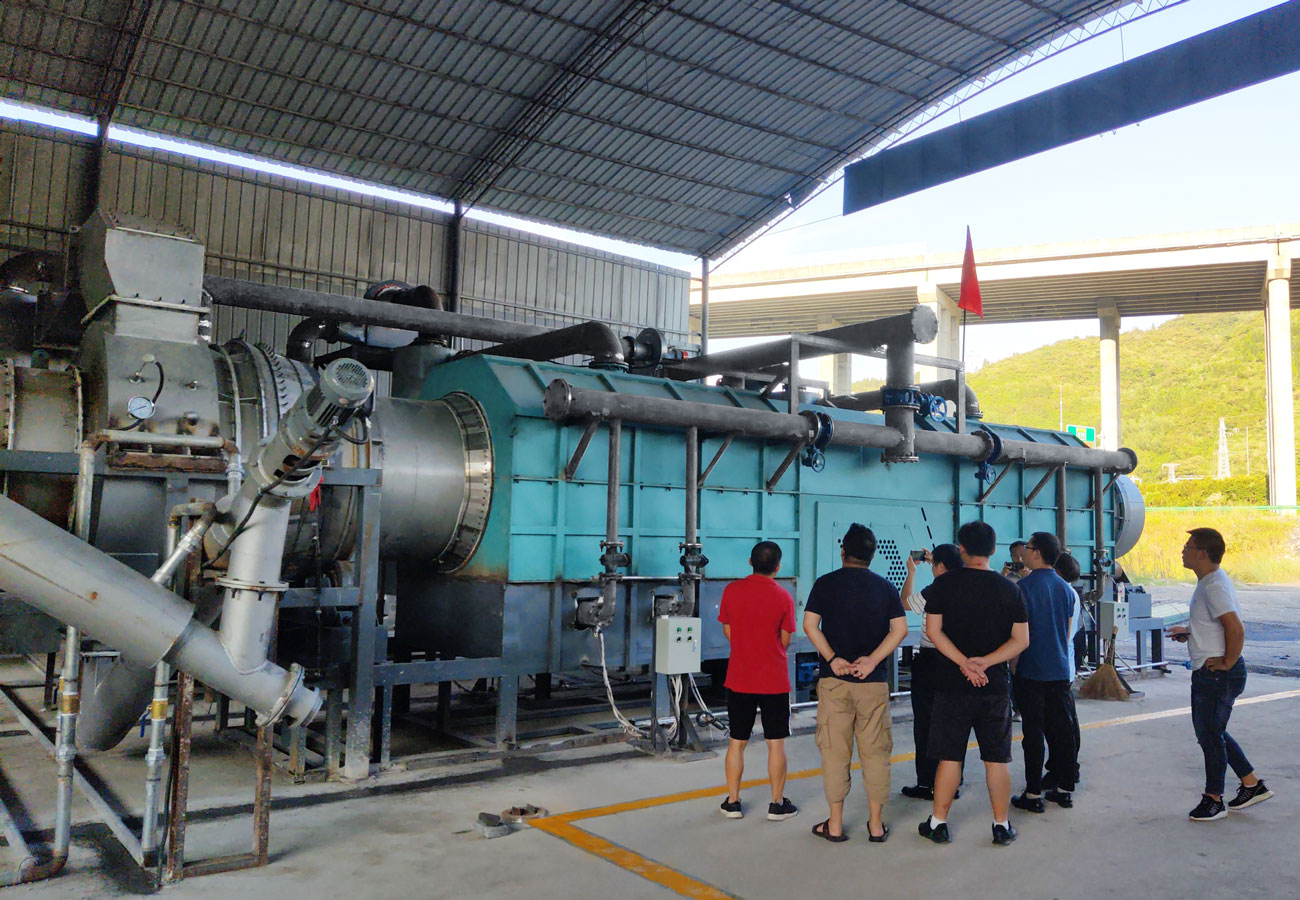The installation and commissioning of a plastic pyrolysis reactor are critical steps in ensuring the efficient and safe operation of the system. This process involves a series of well-defined steps, each crucial to achieving optimal performance and long-term reliability of the pyrolysis plant. Below is a detailed guide to the installation and commissioning of a plastic pyrolysis reactor, presented in a professional tone.
1. Pre-Installation Preparations
Site Selection and Preparation
- Location: Choose a site with adequate space, good accessibility, and proximity to utilities such as water, electricity, and waste disposal facilities.
- Foundation: Ensure the foundation is level, stable, and capable of supporting the plastic pyrolysis reactor‘s weight. Conduct soil tests if necessary to determine load-bearing capacity.
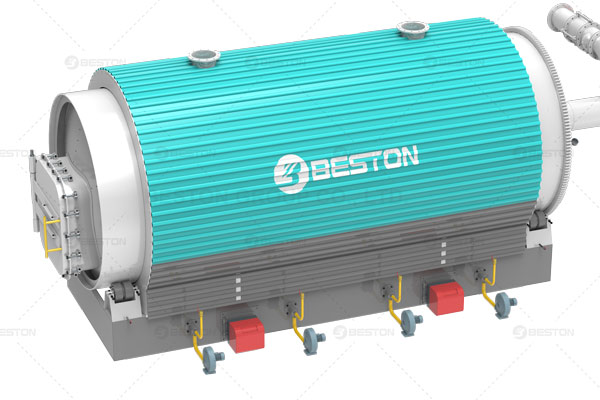
Equipment Inspection
- Verification: Inspect all delivered equipment for damage during transit. Verify that all components, tools, and accessories are present as per the packing list.
- Documentation: Review the technical manuals, installation guides, and safety protocols provided by the manufacturer.
2. Installation Process
Positioning the Reactor
- Placement: Position the plastic pyrolysis machine on the prepared foundation, ensuring it is aligned correctly according to the layout plan.
- Leveling: Use precision leveling tools to ensure the reactor is horizontally level to avoid operational inefficiencies.
Connecting Auxiliary Systems
- Feeding System: Install the feeding mechanism, ensuring it is securely connected to the reactor. Check for proper alignment to facilitate smooth material flow.
- Condensing System: Assemble the condensing system, including the cooling tower, heat exchanger, and piping. Ensure all connections are leak-proof.
- Gas Cleaning System: Install the gas cleaning units, such as scrubbers and filters, to ensure emissions comply with environmental standards.
- Oil Collection System: Connect the oil collection tanks and piping to the plastic pyrolysis reactor. Ensure the system is sealed to prevent oil leaks.
Electrical and Control Systems
- Wiring: Complete the electrical wiring according to the schematic diagrams provided by the manufacturer. Use certified electricians to ensure compliance with local electrical codes.
- Control Panel: Install the control panel in a location that allows easy monitoring and operation of the reactor of plastic oil machine. Test all control circuits and sensors for proper functionality.
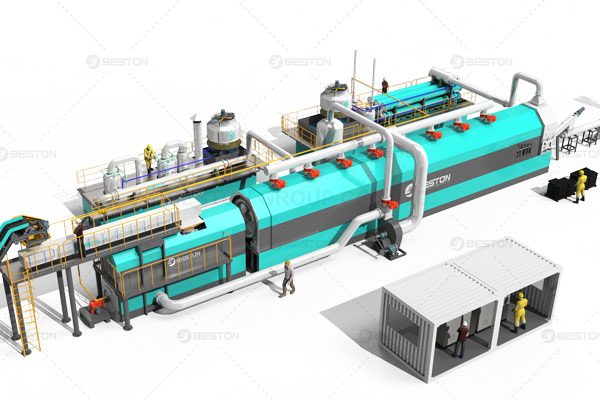
3. Commissioning Process
Initial System Check
- Inspection: Perform a thorough inspection of the entire installation. Check for any loose connections, leaks, or misalignments.
- Dry Run: Conduct a dry run of the system without feeding plastic waste. This helps identify any mechanical issues and ensures all moving parts operate smoothly.
Initial Operation
- Feeding: Gradually introduce a small amount of plastic waste into the reactor. Monitor the feeding system to ensure it operates without blockages or inconsistencies.
- Heating: Begin heating the plastic reactor reactor slowly. Monitor temperature levels to ensure they rise uniformly according to the predefined temperature profile.
- Gas Flow: Observe the gas flow through the condensing and cleaning systems. Ensure that the systems effectively convert the pyrolysis gases into oil and non-condensable gases.
System Optimization
- Temperature Control: Fine-tune the heating system to maintain the optimal temperature for pyrolysis. This ensures maximum yield and efficiency.
- Emission Monitoring: Regularly monitor emissions to ensure they remain within permissible limits. Adjust the gas cleaning system as needed to comply with environmental regulations.
- Oil Collection: Ensure the oil collection system is functioning efficiently. Check for any leaks or blockages in the piping.
4. Final Checks and Handover
Performance Testing
- Full Load Test: Conduct a full load test by feeding the reactor with the maximum designed capacity of plastic waste. Monitor the system’s performance under full load conditions.
- Yield Analysis: Measure the output of pyrolysis oil, gas, and char to ensure they meet the expected yields. Adjust operational parameters if necessary.
Documentation and Training
- Records: Document all installation and commissioning activities, including test results, operational parameters, and any adjustments made.
- Training: Provide comprehensive training to the plant operators on the safe and efficient operation of the pyrolysis reactor. Include instructions on routine maintenance and troubleshooting.
5. Ongoing Maintenance and Support
Scheduled Maintenance
- Routine Inspections: Establish a routine inspection schedule to check critical components, such as the reactor chamber, feeding system, and condensing unit.
- Preventive Maintenance: Implement a preventive maintenance plan to replace wear-and-tear parts before they fail, ensuring continuous and efficient operation.
Technical Support
- Manufacturer Support: Maintain regular contact with the reactor manufacturer for technical support and updates. Ensure that any software or firmware updates are promptly applied.
- Emergency Protocols: Develop and train staff on emergency protocols to address any unexpected issues, such as equipment malfunctions or safety hazards.
Conclusion
The successful installation and commissioning of a plastic pyrolysis reactor require meticulous planning, precise execution, and ongoing support. By following the steps outlined in this guide, operators can ensure that their pyrolysis plant operates efficiently, safely, and in compliance with environmental standards. The investment in a well-commissioned plastic/tyre pyrolysis plant will yield significant returns in terms of operational reliability and environmental benefits.
